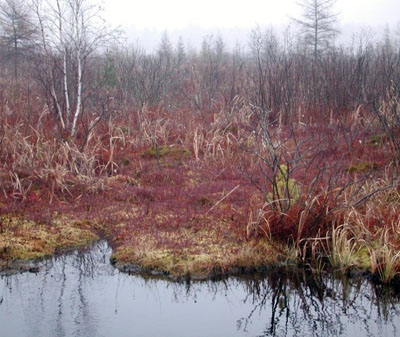5585 Guilford Road • Madison, WI 53711-5801 • 608-273-8080 • Fax 608-273-2021
www.agronomy.org
Twitter | Facebook
NEWS RELEASE
Contact: Hanna Jeske, Associate Director of Marketing and Brand Strategy, 608-268-3972, hjeske@sciencesocieties.org
What are some fun facts about cranberries for Thanksgiving?
Nov. 7, 2018 – Thanksgiving wouldn’t be the same without cranberries. But how much do you know about these tart berries? The Nov. 7 Sustainable, Secure Food blog has loads of cranberry facts, ripe for your feasting table!
 “Cranberries are an example of a plant that is in the process of domestication,” says research scientist Kevin Kosola. Native Americans enjoyed them as food and medicine, and wild varieties are still found in sphagnum bogs throughout the U.S. and Canada. Top producing states for cultivated cranberries are Wisconsin, Massachusetts, and New Jersey.
“Cranberries are an example of a plant that is in the process of domestication,” says research scientist Kevin Kosola. Native Americans enjoyed them as food and medicine, and wild varieties are still found in sphagnum bogs throughout the U.S. and Canada. Top producing states for cultivated cranberries are Wisconsin, Massachusetts, and New Jersey.
How do they grow? “It helps to picture cranberries as tiny versions of fruit trees,” Kosola says. “The fruiting uprights grow at intervals along a ground-hugging vine.” Establishing the plant can take several years, followed by decades of successful production.
Pruning a cranberry plant, however, is unusual; forget the clippers and saws. Growers spread sand over the frozen cranberry beds in winter. “When the ice melts, the sand layer buries the lowest layer of existing vines, and promotes growth of roots and new uprights. A soil core taken in an old cranberry bed has a striped pattern of alternating sand and leaf litter plus vines that reflects years of regular sanding.”
Interested in growing cranberries at home? Kosola gives a few tips on moisture, soil, and protection from frost.
To read the complete blog, visit Sustainable, Secure Food at https://wp.me/p9gkW1-4x.